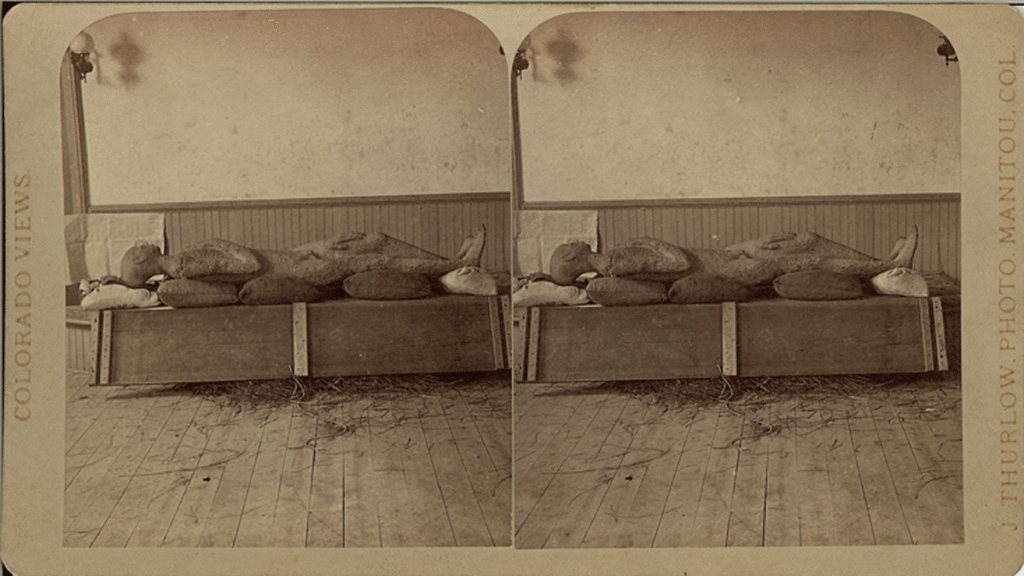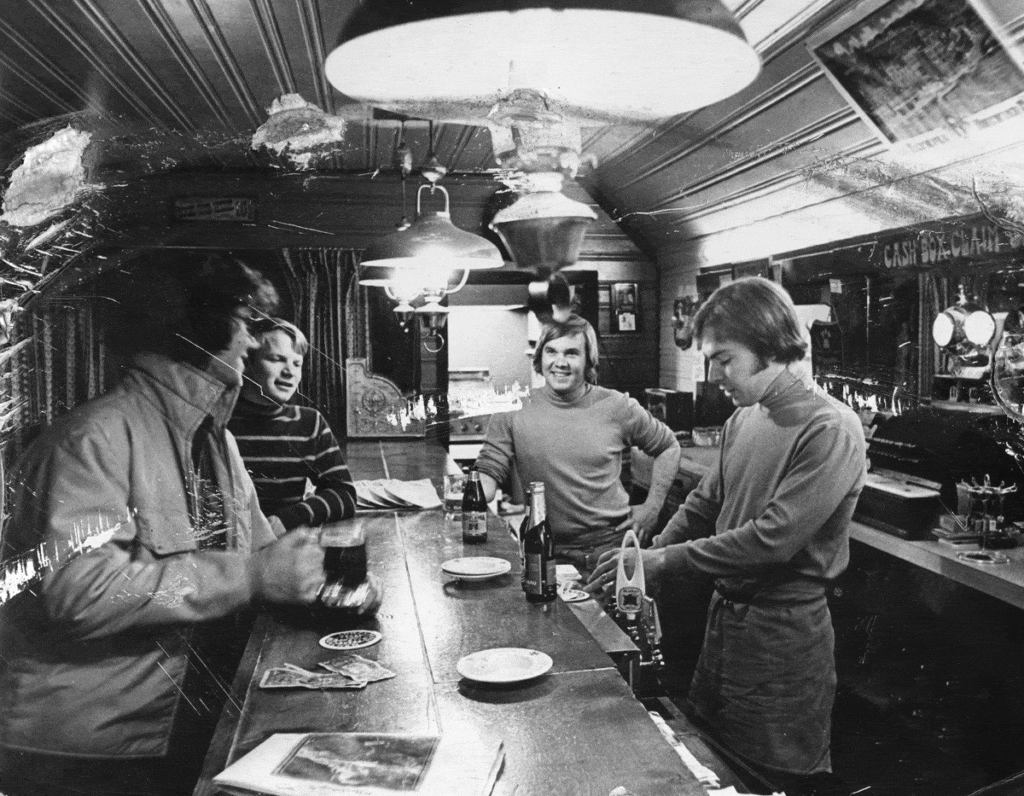The name of the Deer Valley ski run “Solid Muldoon” comes from a Park City mining claim patented in 1882. But where did it originate even before the mining days?
It seems several separate events established and embellished a heroic character, “Solid Muldoon,” all arising from Irish folklore. The first was a very popular song, “Muldoon, the Solid Man” written by New York Irish playwright, director, actor, lyricist and singer Edward Harrigan, half of the famous duo Harrigan and Hart. In the mid-1800s “solid” meant respectable and wealthy (and was later also associated with satirical sketches of corrupt politicians).
Next came William A. Muldoon (1852-1933), widely known as “the Solid Man” for his wrestling feats and ability as a boxing and fitness trainer. He was a bugle boy and fought in the Civil War, Indian wars, and Franco-Prussian war where he was encouraged to develop his significant talent as a wrestler. He returned to New York to serve in the police department and continue his training as a fighter. He was the inaugural Chairman of the New York State Athletic Commission, maintained a fitness center in White Plains and is in the International Boxing Hall of Fame and the Professional Wrestling Hall of Fame.
The most bizarre association with the name came from a story that appeared in newspapers in 1877. A giant, seven-and-a-half foot tall, prehistoric man had supposedly been unearthed in Beulah, Colorado. The mummified body was said to be the critical link between apes and human. It even had a remnant tail, thus “proving” Darwinian evolutionary theory. It was unearthed by William Conant, a former employee of P. T. Barnum, and sent on tour as the “Solid Muldoon.”

As it turned out, a fellow named George Hull, perpetrator of the another hoax known as the Cardiff Giant, had created the specimen from clay, ground rocks, meat, ground bones, blood and mortar and dried it for days in a kiln. He buried it near Beulah in clay, tangled in cedar roots. The hoax wasn’t uncovered for some time, but when it was the statue was buried where it had been found and the story lives on there.
Because of all the publicity surrounding the hoax and the fame of William Muldoon, David F. Day founded a newspaper called the “Solid Muldoon” in 1879-1892 in Ouray, Colorado, which later became the Durango Herald.
Then in 1888 Rudyard Kipling wrote a short story called “Solid Muldoon,” solidifying that name within popular culture, right at the time of Park City’s mining boom.
In 1971, Bill and Karen Coleman and Richard and Patty Miller, transplants from Iowa and Ohio via Estes Park, Colorado, opened Solid Muldoon’s Saloon at 405 Main Street. To come up with a name hearkening back to the town’s mining days, they searched historical claim records. Known for its beer, bratwurst, peanuts and popcorn, weekend Bluegrass bands, and old time movies, “Muldoon’s” was a major Main Street watering hole.

Credit: Park City Historical Society and Museum, 70s Group Digital Collection